From a geographical point of view, seas are smaller than oceans, and they are usually found where the land meets the ocean. Seas are usually partly surrounded by land. Seas are important for geography, politics, and the economy.
A marginal sea is a body of water that is partly surrounded by islands, archipelagos, or peninsulas.
The Arabian Sea, Baltic Sea, Bay of Bengal, Bering Sea, Black Sea, Gulf of California, Gulf of Mexico, Mediterranean Sea, Red Sea, and all four Siberian Seas (Barents, Kara, Laptev, and East Siberian) are some of the most important coastal seas.
The main things that make fringe seas different from open oceans are their depth and how close they are to land. Most marginal seas are shallower than open oceans, so human activities, river runoff, temperature, and the way water moves have a bigger effect on them.
Table of Contents
- 1 The world’s major (important) seas
- 2 Arabian Sea
- 3 Andaman Sea
- 4 The South China Sea
- 5 East China Sea
- 6 The Okhotsk Sea
- 7 Adriatic Sea
- 8 Dalmatian coastline
- 9 Black Sea
- 10 The Caspian Sea
- 11 Mediterranean Sea
- 12 Sargasso Sea:
- 13 Caribbean Sea:
- 14 The Gulf of Mexico
- 15 Red Sea
- 16 The Ionian Sea
- 17 Coral Sea:
- 18 Tasman Sea
The world’s major (important) seas
1. South China Sea
2. Arabian Sea
3. Sea of East China
4. Reef Sea
5. Mediterranean Sea
6. Caribbean Sea
7. Ionian Sea
8. Bay of Bengal
9. Arabian Sea
10. Bering Sea
11. Okhotsk Sea
12. The Gulf of Mexico
13. Tasman Sea
14. The Hudson Bay
15. The Sea of Japan
16. The Sea of Azov
17. The Caspian Sea
18. The Adriatic Sea
19. The Baltic Sea
20. The Red Sea
21. The Yellow Sea
22. The Black Sea
23. The Dead Sea
24. Sea of Tyrrhenian
25. Sea of Liguria
26. Sea of the Balearics
27. The Alboran Sea.
28. The Sargasso Sea.
29. The Aegean Sea…
Arabian Sea
The Arabian Sea is a part of the northern Indian Ocean. It is surrounded by Pakistan, Iran, the Gulf of Oman, the Gulf of Aden, the Guardafui Channel, and the Arabian Peninsula on the west, the Laccadive Sea on the southeast, the Somali Sea on the southwest, and India on the east.
Through the strait of Bab-el-Mandeb, the Gulf of Aden in the west links the Arabian Sea to the Red Sea. The Gulf of Oman in the northwest connects the Arabian Sea to the Persian Gulf.
Andaman Sea
The Andaman Sea, which used to be called the Burma Sea, is a small sea in the northeastern Indian Ocean. It is bordered by the coasts of Myanmar and Thailand along the Gulf of Martaban and the west side of the Malay Peninsula. The Andaman Islands and the Nicobar Islands separate it from the Bay of Bengal to the west.
Breueh Island, which is just north of Sumatra and connects to the Malacca Strait, marks its southernmost point.
The South China Sea
China, Vietnam, Hainan, Malaysia, and the Philippines are all here. China has problems with a lot of countries in this area. Paracel, Scarborough Shoal, and The Spratly Islands are all places where there is a disagreement.
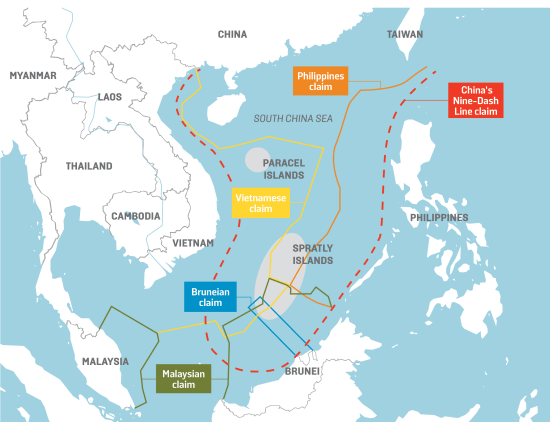
East China Sea
The East China Sea is a small sea on the edge of the Western Pacific Ocean. It is right in front of East China.
The Japanese islands of Kyushu and the Ryukyu Islands are to the east of this sea. The South China Sea is to the south, and the Asian continent is to the west. The sea opens into the Yellow Sea to the north and links to the Sea of Japan through the Korea Strait. South Korea, Japan, the Republic of China (Taiwan), and the People’s Republic of China all have coasts on the sea.
The disputed Senkaku/Diaoyu islands in this sea have caused tensions to rise between China and Japan in recent years. Both countries have sent ships into the contentious waters. Both countries have made their defence systems stronger in the area, especially their radar and missile systems.
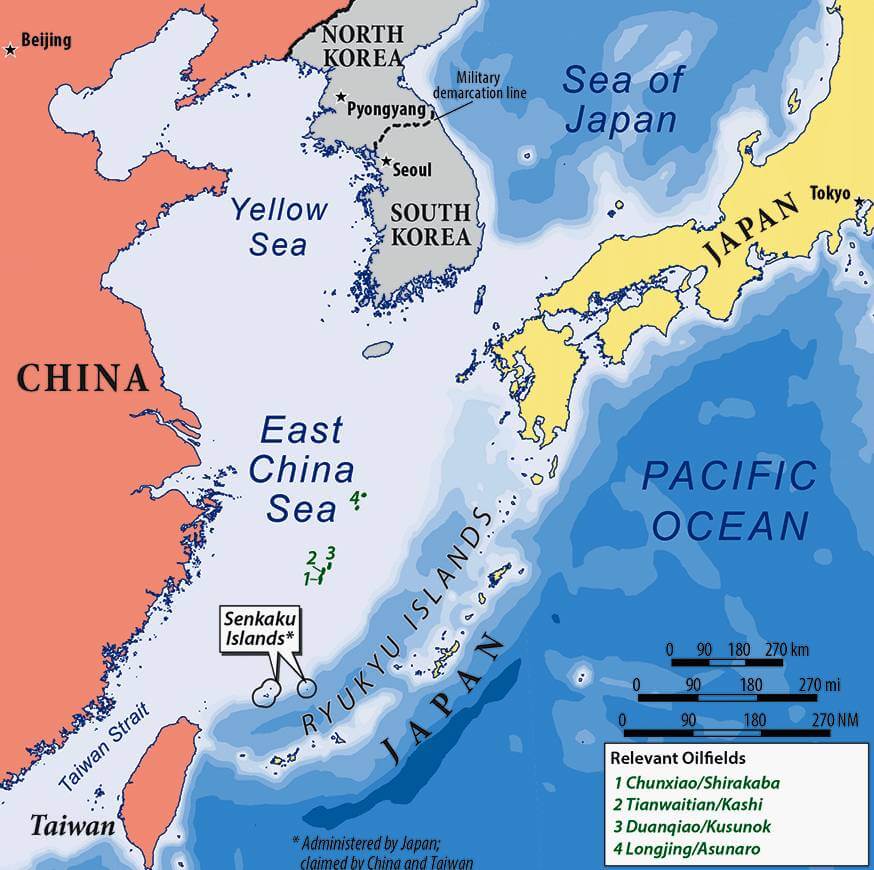

The Okhotsk Sea
The Sea of Okhotsk is a small sea on the edge of the western Pacific Ocean. It is between Russia’s Kamchatka Peninsula on the east, the Kuril Islands on the southeast, Japan’s island of Hokkaido on the south, the island of Sakhalin on the west, and a stretch of the eastern Siberian coast on the west and north.
The Okhotsk Sea and the North Pacific Ocean are separated by the Kuril Islands, which run from the Japanese island of Hokkaido to the southern tip of Russia’s Kamchatka Peninsula.
It is made up of 56 small islands and rocks.
The chain is part of the geologically unstable belt that circles the Pacific. It has at least 100 volcanoes, 35 of which are still active, and a lot of hot springs.
On these islands, earthquakes and ocean waves happen often.
Adriatic Sea
• The Adriatic Sea is part of the Mediterranean Sea. It is between the eastern coast of Italy and the countries of the Balkan Peninsula, from Slovenia south through Croatia, Montenegro, and Albania.
The Adriatic Sea is a body of water between the Italian Peninsula and the Balkan Peninsula. Albania, Bosnia and Herzegovina, Croatia, Italy, Montenegro, and Slovenia all have beaches on the Adriatic Sea.
Dalmatian coastline
• Dalmatia is one of Croatia’s four historical areas, along with Croatia proper, Slavonia, and Istria. Dalmatia is a small strip of land on the east side of the Adriatic Sea, from the island of Rab in the north to the Bay of Kotor in the south.
Black Sea
The Black Sea is an interior sea that is in the middle of Asia, Europe, and Turkey. It is in the far southeast of Europe, in the far west of Asia, and in the middle of Turkey. It has Turkey, Bulgaria, Romania, Ukraine, Russia, and Georgia as neighbours.
The Caspian Sea
The Caspian Sea is an area of water that is surrounded by land. It is between Asia and Europe. It is surrounded by Iran, Turkmenistan, Kazakhstan, Azerbaijan, Russia.
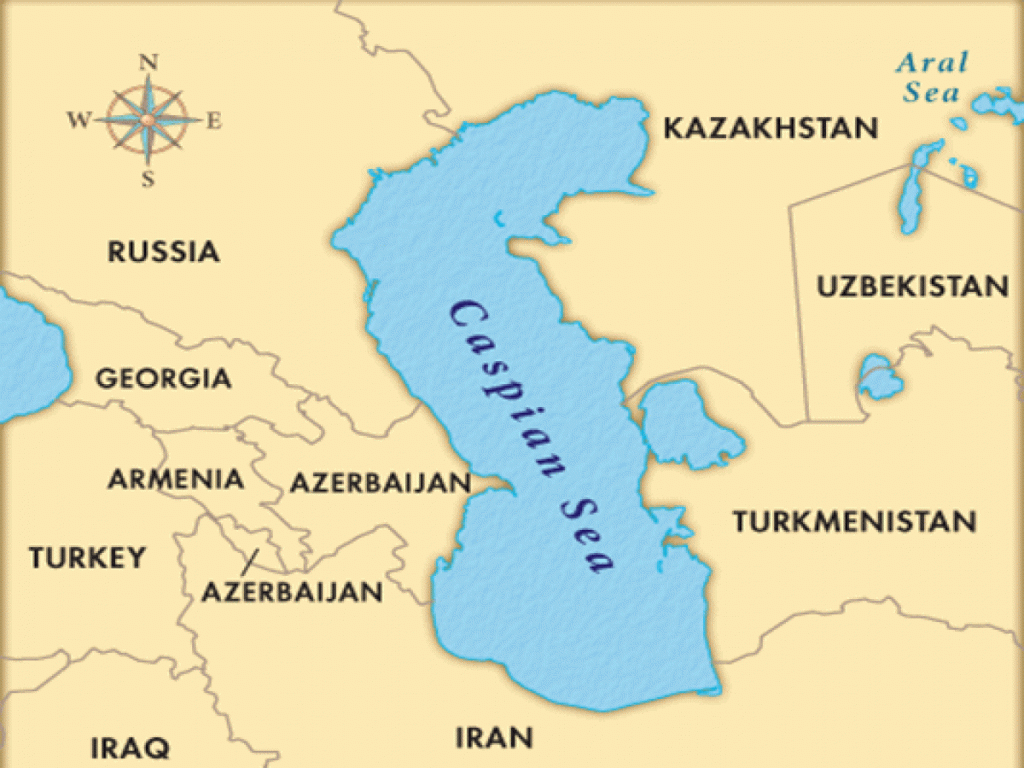
Mediterranean Sea
The Mediterranean Sea is a sea that connects to the Atlantic Ocean. It is surrounded by the Mediterranean Basin and is almost fully surrounded by land: to the north by Southern Europe and Anatolia, to the south by North Africa, and to the east by the Levant.
Sargasso Sea:
All of the other seas in the world are limited by land, but the Sargasso Sea is only limited by ocean currents.
It is surrounded by the Gulf Stream on the west, the Canary Current on the east, the North Atlantic Current on the north, and the North Atlantic Equatorial Current on the south.
The North Atlantic Gyre is made up of this group of currents in the ocean.
It is the only sea on Earth that doesn’t have any coastline around it.
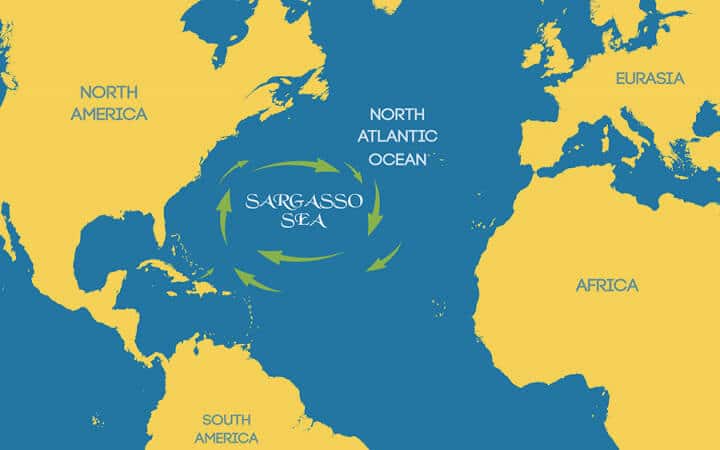
Caribbean Sea:
The Caribbean Sea is a warm sea in the Western Hemisphere, southeast of the Gulf of Mexico. It is part of the Atlantic Ocean.
The Caribbean Sea is surrounded by Venezuela, Colombia, and Panama to the south, Central American countries (Costa Rica, Nicaragua, Guatemala, Honduras, and Belize) to the west, the Greater Antilles (Cuba, Jamaica, the Dominican Republic, and Puerto Rico) to the north, and the Lesser Antilles to the east.

The Gulf of Mexico
The Gulf of Mexico is a body of water on the southeastern edge of North America that is partly surrounded by land.
The Straits of Florida, which run between the peninsula of Florida and the island of Cuba, connect it to the Atlantic Ocean. The Yucatán Channel, which runs between the Yucatán Peninsula and Cuba, connects it to the Caribbean Sea.
Dead zones are low-oxygen places in the oceans and big lakes of the world.
The water from the mouth of the Mississippi River, which is full of nutrients, feeds the second-largest dead zone in the world, which is in the Gulf of Mexico. It grows every summer when warmer water speeds up the metabolisms of microorganisms, and it is expected to get worse as the climate continues to change.
Red Sea
The Red Sea, also called the Erythraean Sea, is an inlet of the Indian Ocean that is between Africa and Asia. It is connected to the ocean in the south by the Bab el Mandeb strait and the Gulf of Aden. The Sinai Peninsula, the Gulf of Aqaba, and the Gulf of Suez, which leads to the Suez Canal, are in the north.
The Red Sea Rift, which is part of the Great Rift Valley, runs under the sea.
The Red Sea is surrounded by six countries: Saudi Arabia, Yemen, Egypt, Sudan, Eritrea, and Djibouti.
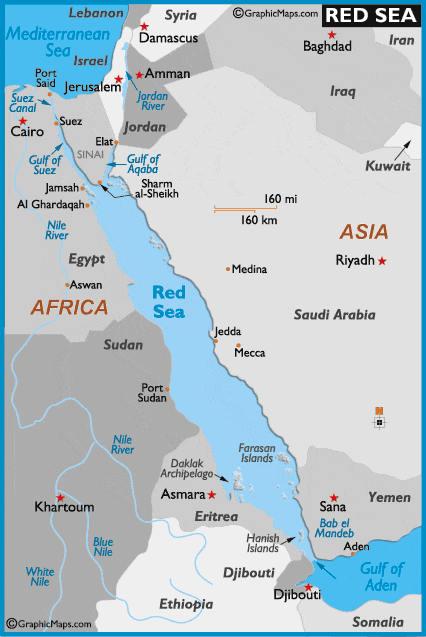
The Ionian Sea
The Ionian Sea is a long bay south of the Adriatic Sea that is part of the Mediterranean Sea.South Italy is to the west, southern Albania is to the north, and Greece’s west coast is to the east.

Coral Sea:
The Coral Sea gets its name from the Great Barrier Reef, which is the biggest reef system known to science.

Tasman Sea
The Tasman Sea is a small body of water on the edge of the South Pacific Ocean. It is between Australia and New Zealand.
The Tasman Sea is named after the Dutch traveller Abel Janszoon Tasman, who was the first European known to have seen New Zealand and Tasmania.Captain James Cook, a British traveller, later spent a lot of time in the Tasman Sea during his first trip to explore in the 1770s.

Arctic Ocean’s edge seas: the Barents Sea, the Irish Sea, and the Baltic Sea
The Argentine Sea, the Caribbean Sea, the English Channel, the Gulf of Mexico, Hudson Bay, the Irish Sea, the Labrador Sea, the Mediterranean Sea, the North Sea, the Norwegian Sea, and the Scotia Sea are all marginal seas of the Atlantic Ocean.
The Andaman Sea, the Arabian Sea, the Bay of Bengal, the Java Sea, the Persian Gulf, the Red Sea, and the Sea of Zanj are all part of the Indian Ocean.
The Adriatic Sea and the Aegean Sea are two of the Mediterranean Sea’s side seas.
Marginal Seas of the Pacific Ocean: Bering Sea, Celebes Sea, Coral Sea, East China Sea, Philippine Sea, Sea of Japan, Sea of Okhotsk, South China Sea (another important battle zone), Tasman Sea (between Australia and New Zealand), Yellow Sea (near the Korean Peninsula).
Other Seas: The Caribbean Sea is sometimes called a Mediterranean sea and sometimes a marginal sea. The Caspian Sea and the Dead Sea are also sometimes called marginal seas.

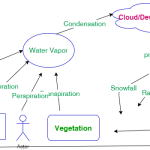
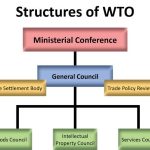
![UPSC CSE Topper Mains Answer [Part 2] images-2023-06-17T192027.770](https://iasbio.com/wp-content/uploads/2023/06/images-2023-06-17T192027.770-150x150.jpeg)








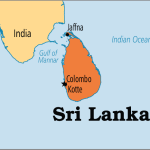

![UPSC CSE Topper Mains Answer [Part 1] images-2023-06-17T191749.185](https://iasbio.com/wp-content/uploads/2023/06/images-2023-06-17T191749.185-150x150.jpeg)

